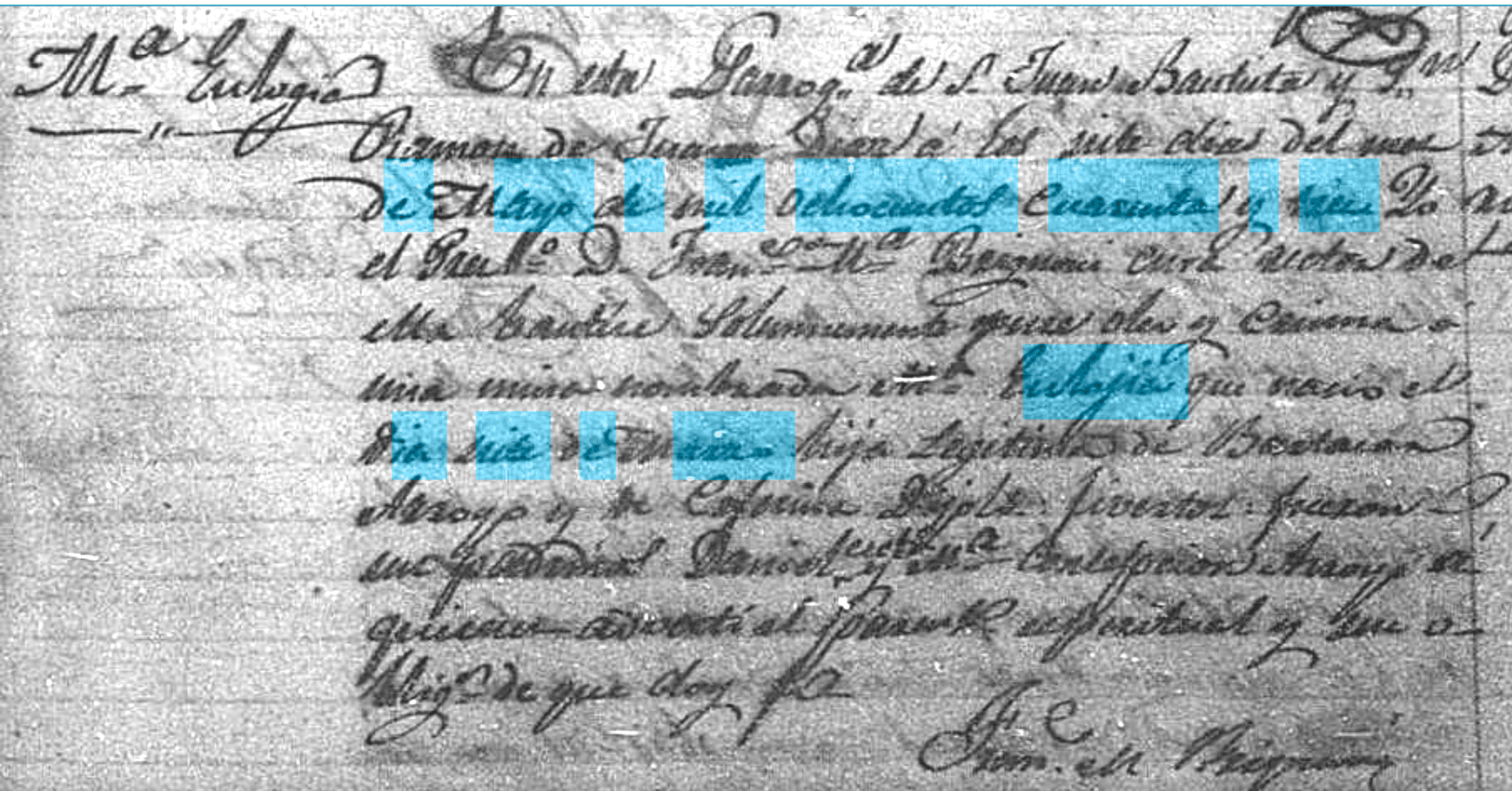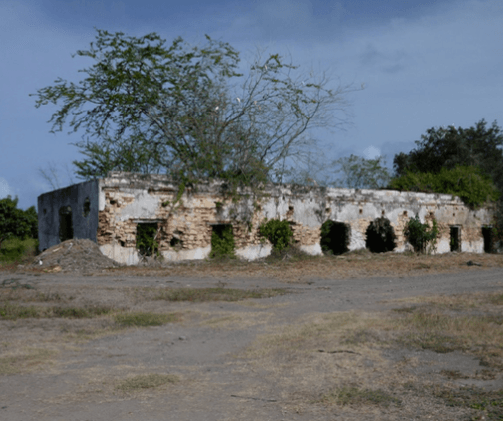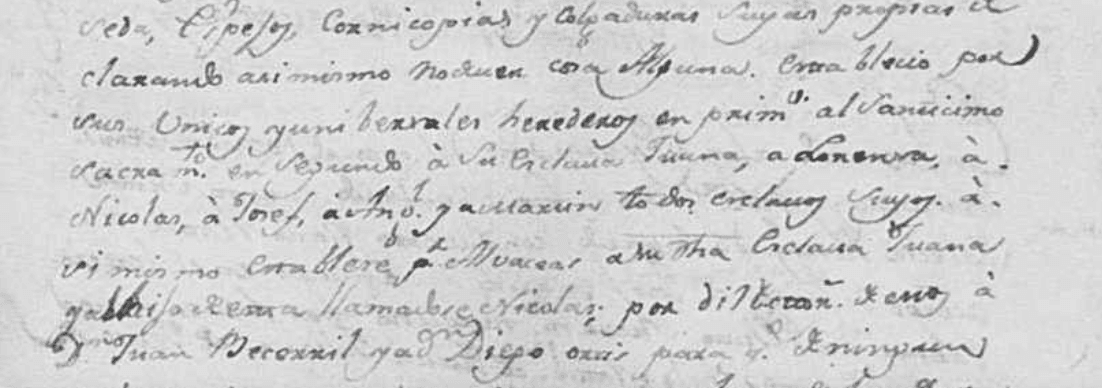"Humbling is the Word": Finding the Enslaved and the Enslaver in My Family Tree
MA
The work of genealogy is the search for truth. It requires us to embrace heroic stories as well as painful ones. In my own 12-year journey, no discovery has been more profound or difficult than finding both the enslaved and the enslavers within the same family tree. As I wrote in my research, "to have been able to document ancestors that are both an enslaver...and freed slaves...from the same period - mid 1800's - is humbling".
PATERNAL
My last name, Arroyo, comes from my 3rd great-grandfather, Baltazar Arroyo, a man identified in his daughter's (my 2nd great grandmother María Eulogia) 1843 baptismal record as a Liverto, or freedman. His wife, my 3rd great-grandmother, Ceferina Dijols, was also a Liverta. She had been enslaved by a man named Francisco Dijols, owner of the Hacienda Boca Chica in Juana Díaz. The ruins (see below) of this hacienda’s slave quarters still exist today—a place where my 3rd great-grandmother most certainly lived. To find their names, to reclaim them from a system that saw them as property, is the sacred work of this journey.


The humbling complexity of our history came into sharp focus when I uncovered the story of my other paternal 3rd great-grandfather, Pedro Lefebre. He was an enslaver. As the mayordomo (administrator) of the Hacienda San Justo in Carolina, his duties included managing the enslaved laborers. Records show he was assigned at least 15 emancipados (emancipated) — Congolese captives from the illegal slave ship Majesty, which ran aground in Puerto Rico in 1859 (SLAVERY AND CHILD TRAFFICKING IN PUERTO RICO AT THE CLOSING OF THE AFRICAN SLAVE TRADE: The Young Captives of the Slaver Majesty, 1859-1865, Jorge Chinea). These men and boys, though technically "emancipated," were forced into a state that was neither slave nor free. My ancestor was a direct participant in this system of exploitation.
MATERNAL
This dual legacy extends further back. I found my 7th great-grandmother, Lorenza de Morales, listed as ESCLAVA (slave) in her 1784 death record in Fajardo, enslaved by the presbyter Josef Manuel Tufiño of the Santiago de Apostol church of Fajardo. My 6th great-grandmother, Juana de Figueroa, is also listed as ESCLAVA in her 1824 death record.

Their lives were lived against a backdrop of constant struggle. The myth of the docile slave in Puerto Rico is shattered by the long list of rebellions, from the first major uprising in the Americas in 1527 to assassination attempts and revolts that continued until abolition.
To be a descendant of both the person who held the whip and the person who felt its sting is the profound and painful truth of the Puerto Rican experience. The wealth of the island was built on the backs of my ancestors like Baltazar and Ceferina. Acknowledging this truth is not a choice; it is a responsibility. At Nanichi Roots, I honor our legacy by telling the whole story—one that confronts the darkness of the past to celebrate the unbreakable resilience of those who endured it.
